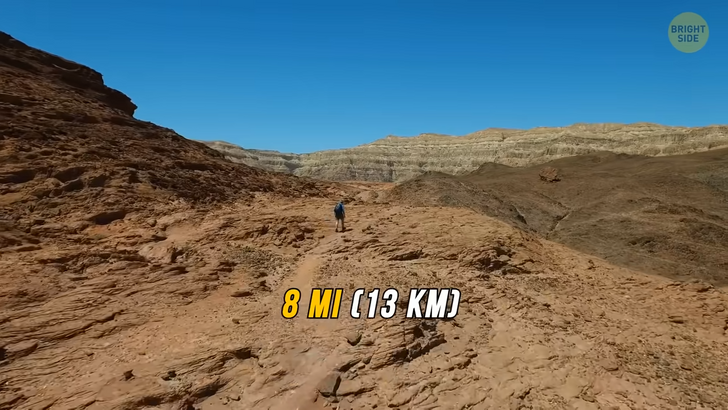11 Real Concert Stories That Prove Anything Can Happen at a Show

The Amazon River, the boat, and dense jungle on both sides. All is silent, only the engine is revving, and you look around nervously under the earnest gaze of the Peruvian guide. Suddenly, the man smiles and points ahead. This is it. You’ve finally arrived at Iquitos. The city is hidden deep within the Amazon rainforest. On one side, Iquitos is surrounded by water and on the other lies thick impenetrable rainforest as far as the eye can see, making this city extremely difficult to reach.
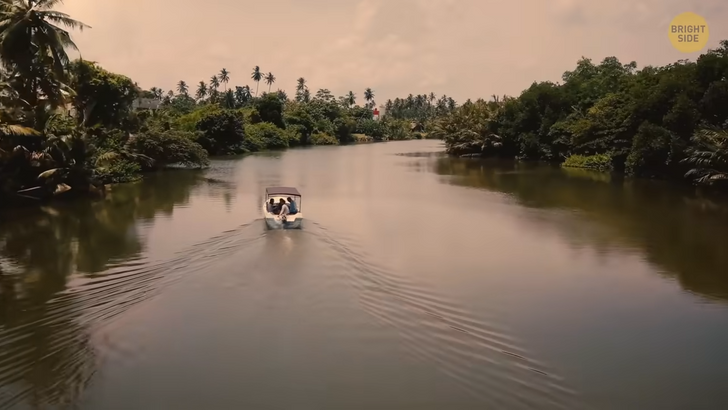
First, you had to fly to Peru’s capital, Lima — a vibrant coastal city. From there, you traveled by bus through Peru’s vast jagged mountains before being plunged into the heart of the Amazon rainforest. Three days into this bus journey, you reached a small town where the road suddenly stopped. At over 140 square miles, Iquitos is the largest continental city in the world that cannot be reached by road.
You’re still over 200 miles away from Iquitos, so from here you take a boat ride along the hot, humid Amazon river, before finally reaching the remote city, five days after you left Lima. When you arrive in the city, you notice many of the houses are built on tall stilts. This is because in the springtime, the river surrounding Iquitos swells up, submerging parts of the city in water. For this, Iquitos has been nicknamed “the Venice of the Amazon.” The stilted houses are tall enough to avoid the murky waters of the Amazon river.
You hear loud buzzing coming from all around the city — it sounds like a gang of bikers have arrived! In reality, these are motocarros. There are very few cars in Iquitos. Instead, they have motorcycles with small passenger cabins attached to them. There are around 45,000 of these things whizzing around Iquitos, making the city very noisy.
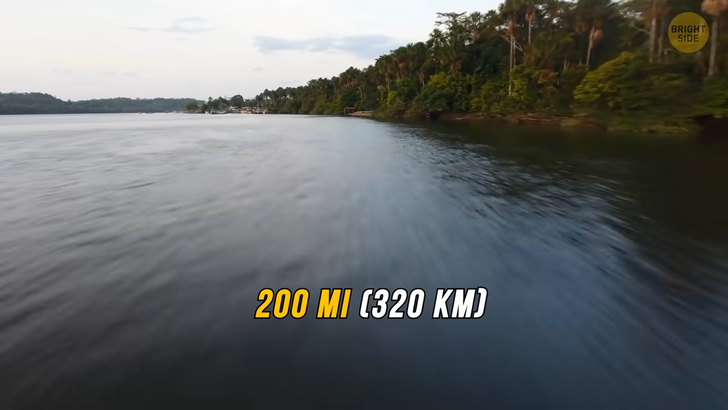
Your trip to the most isolated places has just begun, so you head to Norway and arrive in the capital city, Oslo. Immediately, you hop on another plane. After a three-hour flight, you land at the world’s northernmost public airport, Longyearbyen. You step off the plane to see a small and colorful town enclosed by snow-topped mountains. There’s no settlement further to the north than this. Longyearbyen translates to “The Longyear Town” named after its American founder, coal-miner John Longyear.
You take a walk along the coast of the small town. The water is a beautiful crystal blue; you decide to dip your toe in to test it out. OUCH! Bad idea. The average temperature of the water here is 32°F, making it ice cold.
In the distance, you can make out a fuzzy white creature. It’s a polar bear! In fact, it’s a group of them! In Longyearbyen, polar bears famously outnumber humans. Around 3,000 of these animals populate the area compared to the human population of 2,300. Finally, the sun sets. You grab a blanket and sit back to take in the stunning view of the Northern Lights.
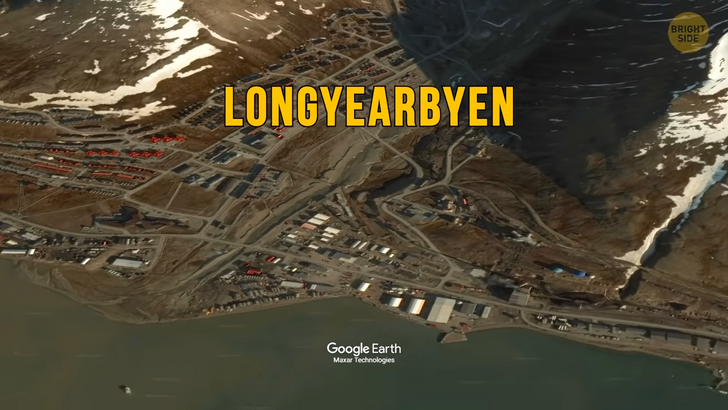
Now, imagine you’re walking in the scorching heat across Egypt’s Great Sand Sea. You’ve been walking for miles, hours, days even. Dreaming of water, greenery, and a place to rest, when suddenly, you come across a small settlement with olive groves, palm trees, and even fresh water springs. This isn’t a heat induced mirage — it’s the Siwa Oasis, an Egyptian city of 23,000 people and a miracle of nature.
You travel here by flying to Egypt’s capital, Cairo, and then embarking on a lengthy and desolate bus ride across the desert. When you finally spot some greenery amongst the sand, you have reached the Siwa Oasis. After refreshing yourself in the cool waters of the springs, you explore this city further and come across ancient ruins. This city has existed since 10,000 BCE, and many historical remnants can still be found there today. Amongst these ruins, you notice there are newer buildings. These are where the modern-day Siwi people live.
You spend some time with the Siwi, a friendly and unique community of Egyptians. They tell you all about their city. The Siwa Oasis is located in the middle of the Sahara Desert and, due to its harsh climate, it’s one of the most remote cities in the world. You notice how dry the air is and how scorching the sun feels. Reaching highs of 118°F, this heat makes the Siwa Oasis a difficult place to live.
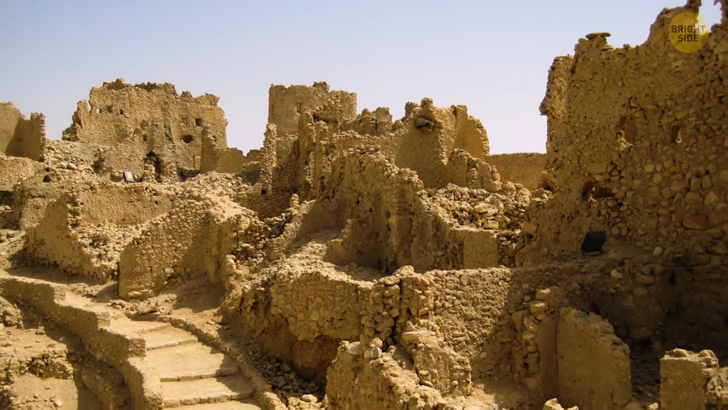
It’s time to travel to a more balanced climate. You head North-East and arrive in Russia’s capital, Moscow. From there, you take a flight East again, travelling further and further across Russia until you’re closer to Alaska than to Moscow. Now, you’ve reached the city of Petropavlovsk, which translates to “city of Peter and Paul.”
The first thing you see are giant mountains surrounding the city, cutting it off from the rest of the world. These mountains are in fact volcanoes. In this far eastern part of Russia, there are more than 300 volcanoes, including 29 active ones. These volcanoes stop any roads from reaching Petropavlovsk. The city depends on flights and boats to import supplies.
You turn away from the volcanoes to stare out at the blue shimmering ocean. The water looks nice, so you head down to the beach where a crowd of sea lions are sunbathing along the sand. Petropavlovsk is home to incredibly diverse wildlife: just off the shore you can see a whale fin poking out of the water.
You explore the town’s diverse landscape. You go to one of the city’s ski resorts and spend the day on the slopes. Then you hike up a rocky path to the base of one of the city’s many volcanoes. Finally, it’s time to relax on a boat tour around the island to see the city’s famous Three Brothers rock formation.
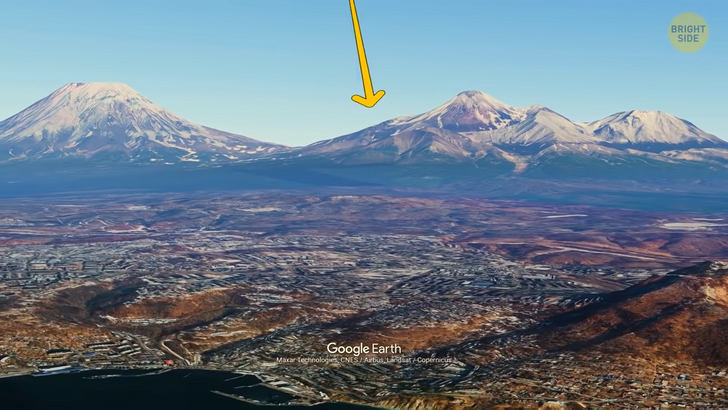
Feeling inspired, you travel to another volcanic land: Chile’s Easter Island. The island doesn’t have a harbor and only one airline flies to the remote land, so you travel an entire day to Santiago, Chile. Then you climb aboard a small plane to fly to Easter Island.
You walk along the high cliffs of the barren island and come across its famous monuments. These are giant mysterious statues of human heads. They’re called Moai and were carved by the local people around 800 years ago.
You inspect the earth beneath your feet. It looks and feels very dry. Easter Island consists of three ancient volcanoes; the volcanic soil makes it very difficult to grow crops or vegetation. Many of the city’s trees were cleared hundreds of years ago to make way for the stone monuments, giving the island the empty look it has today.
You embark on a boat ride 1,100 miles west from Easter Island. You reach a small green land floating in the Pacific Ocean: this is Pitcairn Island. You might recall that this place played a major role in The Mutany on the Bounty. You come down from the boat and begin your journey to reach Adamstown, the center of the island where its 43 inhabitants live. To reach Adamstown, you hike the Hill of Difficulty, a steep and rocky 200-foot climb to the top of the island.
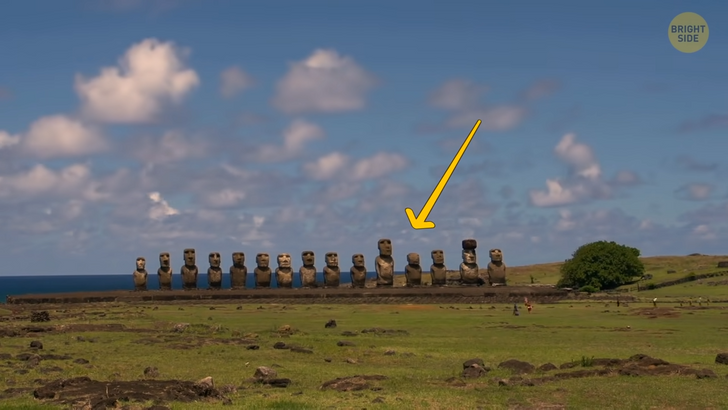
Now that you’ve finally made it here, you can explore the diverse and unique nature of the land. Pitcairn Island is home to the largest marine reserve in the world. You take a snorkeling trip and swim alongside all kinds of exotic fish. You explore vibrant coral reefs and even catch sight of a rare humpback whale.
Dreaming of the great days of the Old Wild West, you decide to travel to Supai, Arizona. To get to this Native American settlement and fragment of the past, you drive along America’s famous Route 66. You stop, seemingly in the middle of nowhere with only desert land as far as the eye can see. Then, you follow an 8-mile walking trail to reach Supai.
You hike down into the Grand Canyon, almost 3,000 feet deep. You come across a stunning waterfall spilling over the cliffs of the canyon. This is Havasu Falls, a popular tourist spot, famous for its vivid blue-green water.
After a further mile’s hike, you finally reach Supai. Over 200 members of the Havasupai Indian tribe reside in this small town; it’s often referred to as the most remote town in the United States. To your left, you see several mules making their way across the town with packages on their backs. Because no roads lead to this small settlement, mail is delivered by a mule train. Without it, it would take the average mail carrier a 16-hour hike to complete this route.
